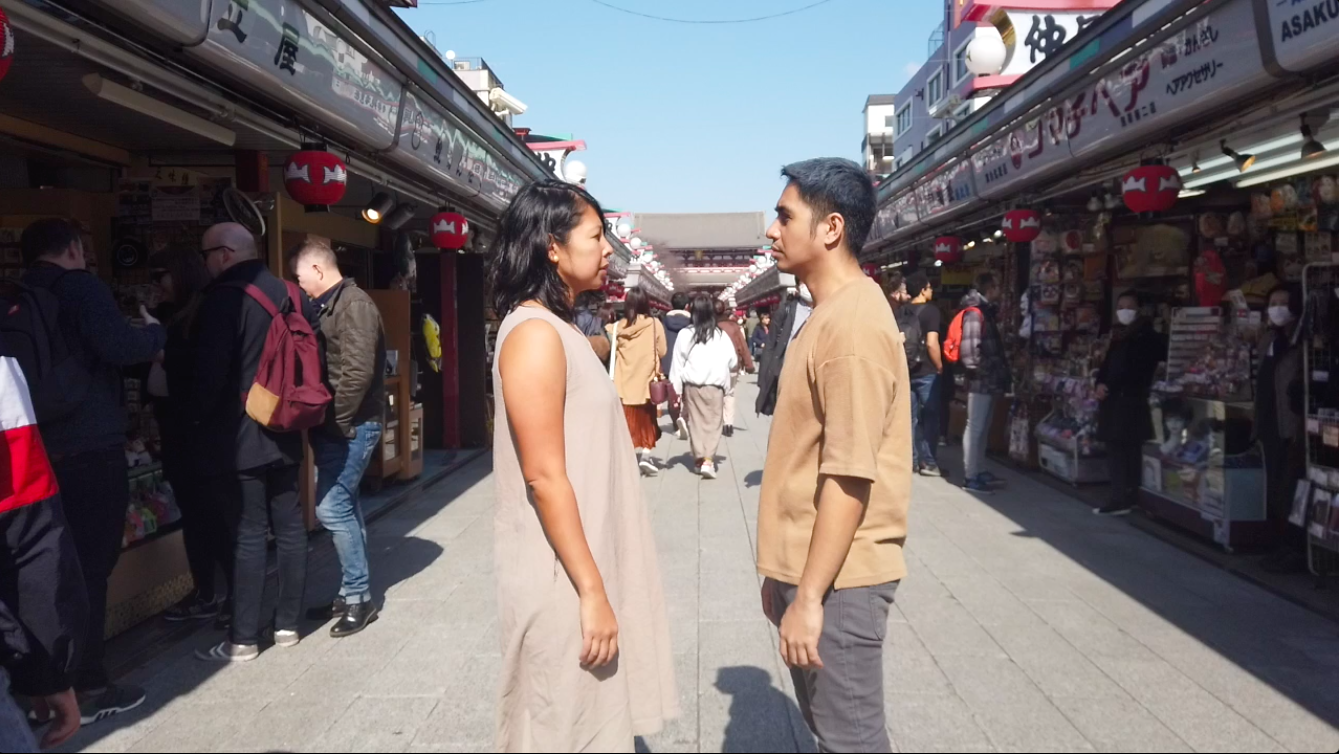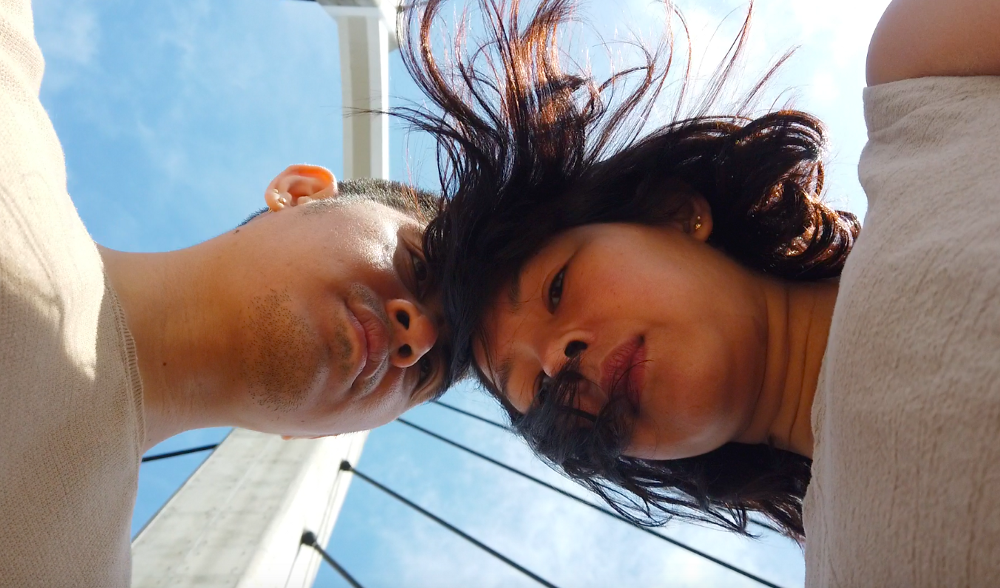
There’s just no other way to put it — this time has been crazy for everyone. Our lives have been changed completely.
We started the whole COVID-19 situation as artists-in-residence at Tokyo Arts and Space (TOKAS) last January. As of this writing, Mia is still in Tokyo, unable to fly home due to all the flight cancellations, while Rhosam had cut his trip short and flew back earlier to Manila. It has been interesting, to say the least. We did the research residency together, developing our piece called “Pahayag” (Expression) — comparing Japanese and Filipino population statistics and its possible correlation to a culture of expressiveness. It became even more interesting as the days went by. We were researching how Japanese were not as open to “touch” as Filipinos were…but after COVID-19, now no one can touch, worldwide! So the idea in our piece has changed just as the culture of expressiveness and the way people relate to each other has changed for everyone. In fact, we’re hoping to do a fourth installment of this piece, and it would be interesting to explore it now after recent events.
After the residency in TOKAS ended last March, both Sam and Mia have shifted to teaching online. Mia is teaching online classes, namely HipHop Hooray, a dance workshop for kids, as well as for fitness studios Saddle Row and Physique 57 in Manila. She also did a fundraiser last April, in partnership with ATD Fourth World Philippines (All Together in Dignity to Overcome Poverty) and #ProtectTheFrontline. Together with this, Mia is also working on her new solo entitled 109日 (109 days) which was broadcasted live from Tokyo. Her work is a “performance experiment” as she works with OTT, a Manila-based tech/livestreaming team, while the original music soundtrack was contributed by musicians and artists from Japan and Hong Kong. She is looking for new ways to collaborate and create during this time.
Sam, in the meantime, is also teaching his own classes and is also very actively spearheading his outreach program called Likha PH, a fundraising initiative that aims to support independent professional dancers in the Philippines whose lives/income have been affected by the pandemic. Together with other dance collectives such as Airdance, Galaw.co, Daloy Dance Company to name a few, online classes are being offered in support of this initiative. Other notable artists and groups such as Lisa Macuja, Steps Dance Studio, Herbert and Elena Alvarez have also contributed to the cause, enabling Likha PH to reach out to other dance leaders and communities outside of Metro Manila as well.
Even though we are managing to stay productive and busy, there are still many questions. In the beginning, there was a sense of grief and loss — but now we’re trying to move past that and adapt to the “new normal”. We continue to ask: how can we exist and thrive in this COVID-19 world knowing we aren’t going back in the studio anytime soon? How can we teach better online (especially with the horrible internet of the Philippines)? How do we adapt to this new mode of teaching, creating, and communicating? How long do we have to do this — or is this THE way? We’re all seeking ways to keep moving, but maybe now, we are moving in a different pattern. We don’t know what will happen in the future, but we are seeing that maybe this will last quite a while — and just as if we were doing improvisation, we will have to adjust.
As for collaborative work, the interesting thing is that now people have more time at home, so exploring ways of communicating, collaborating, broadcasting, and/or livestreaming can definitely be explored. We think the way is NOT to look for the old creative process, or what we are used to — it will be a long time before we can really truly meet in person again. So the question for us is, how can we go about it ? What kind of new work can we make without physically seeing each other or having to travel? What kind of art can spring from this? This is the challenge. Yes, we are restricted but technology opens up different doors — ones that we may have never dared to venture in before. As artists, we feel that now is the time to be brave, even if we are stuck at home — we need to step out of our comfort zones in order to somehow still keep the movement going.



